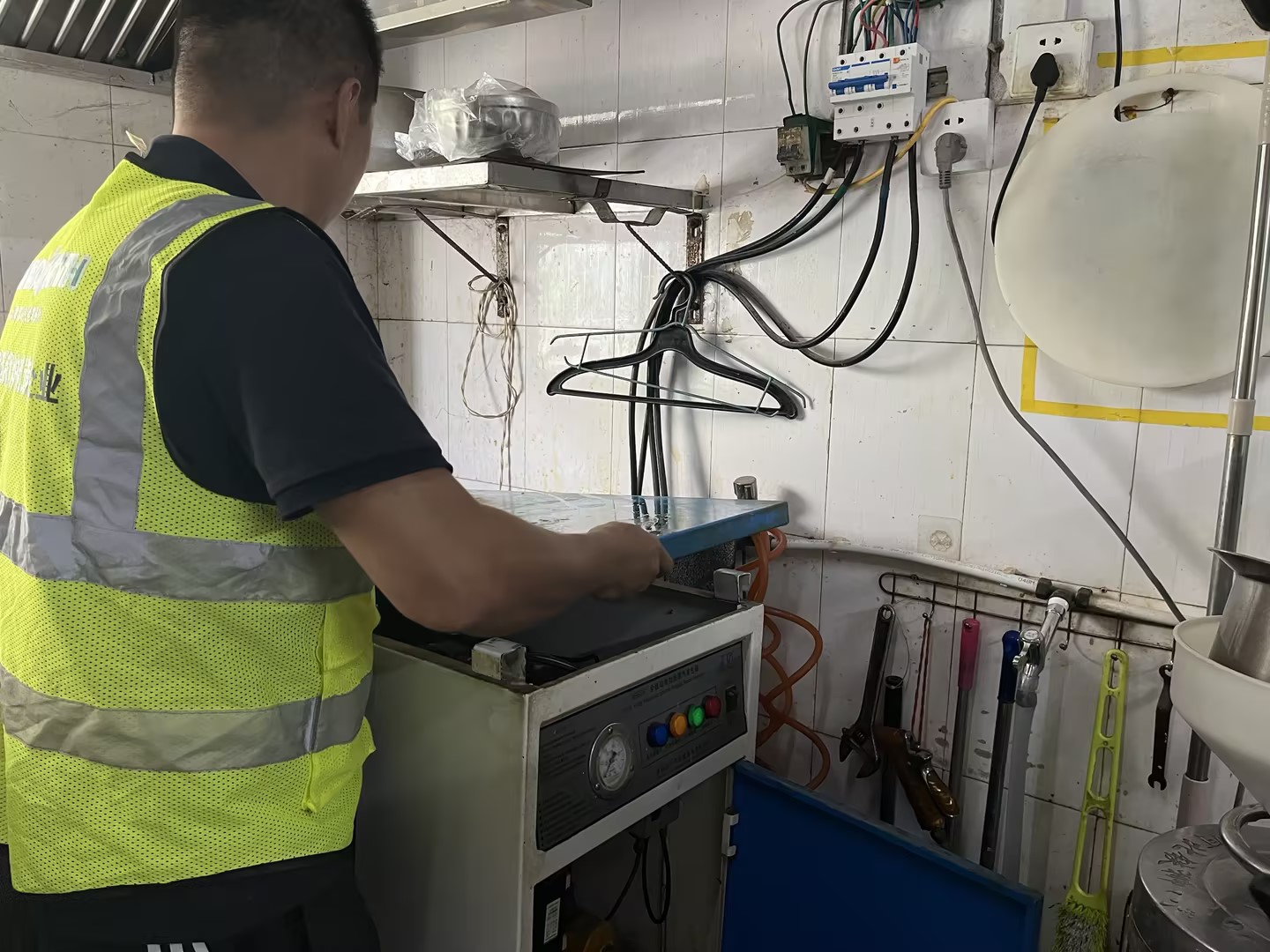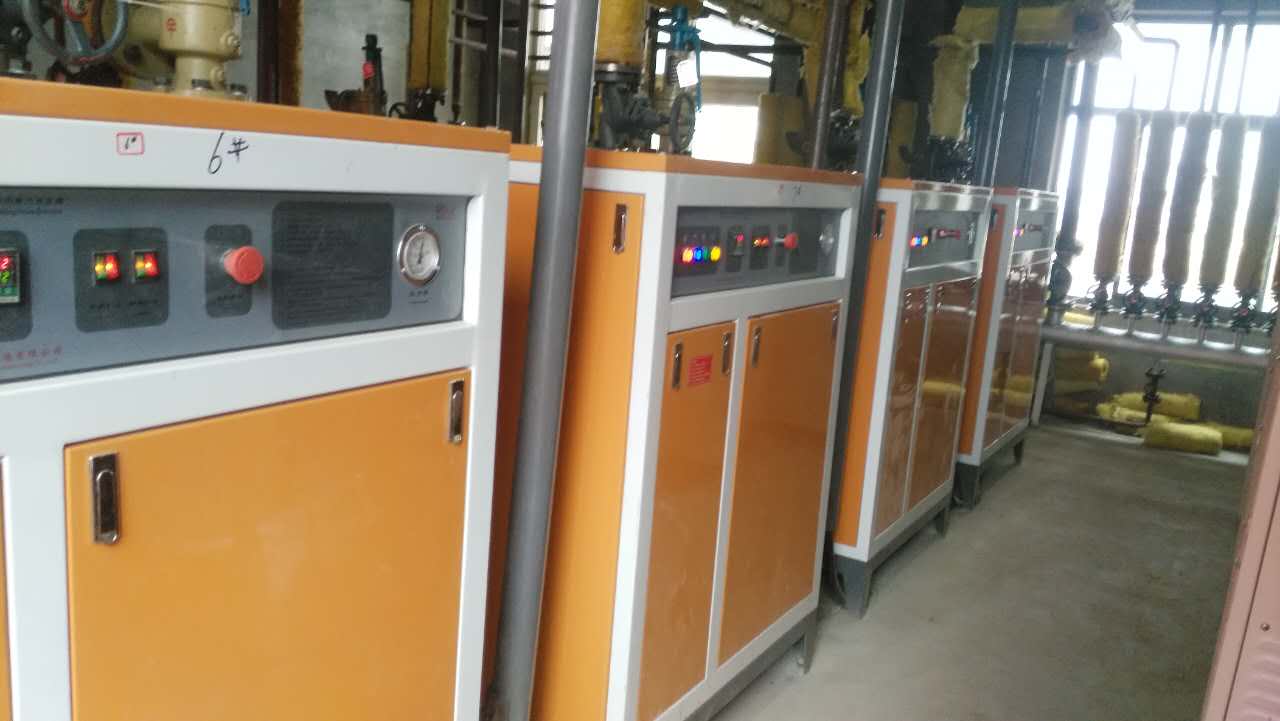Technical standard inspection standard for clean steam used in food processing
SIP (Steam Inline Sterilization) process in food and beverage processing, aseptic canning, drying of milk powder, pasteurization of dairy products, UHT of beverages, humidification process of bread, baby food, fruit peeling, cooking of soybean milk , steaming and sterilization of tofu and bean products, heating and debromination of oil, steam sterilization of draft beer bottles, steaming of instant noodles, steaming of grains in liquor and rice wine processing, steaming of steamed buns and zongzi, stuffing In typical food processes such as steaming of raw materials and steaming of meat products, it is necessary to pay attention to the influence of steam quality and steam grade on products.
According to the source of clean steam generation, legal requirements, steam quality, condensed water purity and other indicators, we divide steam into industrial steam for general processing and clean steam in contact with food and containers. Food-grade clean steam is clean steam that meets the requirements of cooking and food processing, and is usually produced by super filtration devices.

The transportation, control, heating, injection, etc. of clean steam for food need to operate under certain clean design standards. The quality standard of clean steam is based on the steam and condensate detection data at the actual point of use or control point. In addition to the quality requirements of steam, food-grade clean steam also has certain requirements on the purity of steam. The purity of the steam can be determined by measuring the condensate produced by the clean steam. The clean steam that usually contacts food must meet the following standards.
The dryness of clean steam is above 99%,
Steam cleanliness is 99%, (condensed water TDS is less than 2PPM)
Non-condensable gas below 0.2%,
Adapt to load change 0-120%.
high pressure stability
PH value of condensed water: 5.0-7.0
Total organic carbon: less than 0.05mg/L
Sometimes clean steam is obtained by heating pure water, but this process usually has strict requirements on load stability, and load fluctuations often mean secondary pollution of clean steam. Therefore, this method of obtaining clean steam is theoretically feasible, but the actual operation effect is often not satisfactory.
In food processing, there are usually no specific requirements for indicators such as bacteria, microorganisms or pathogens in steam.
